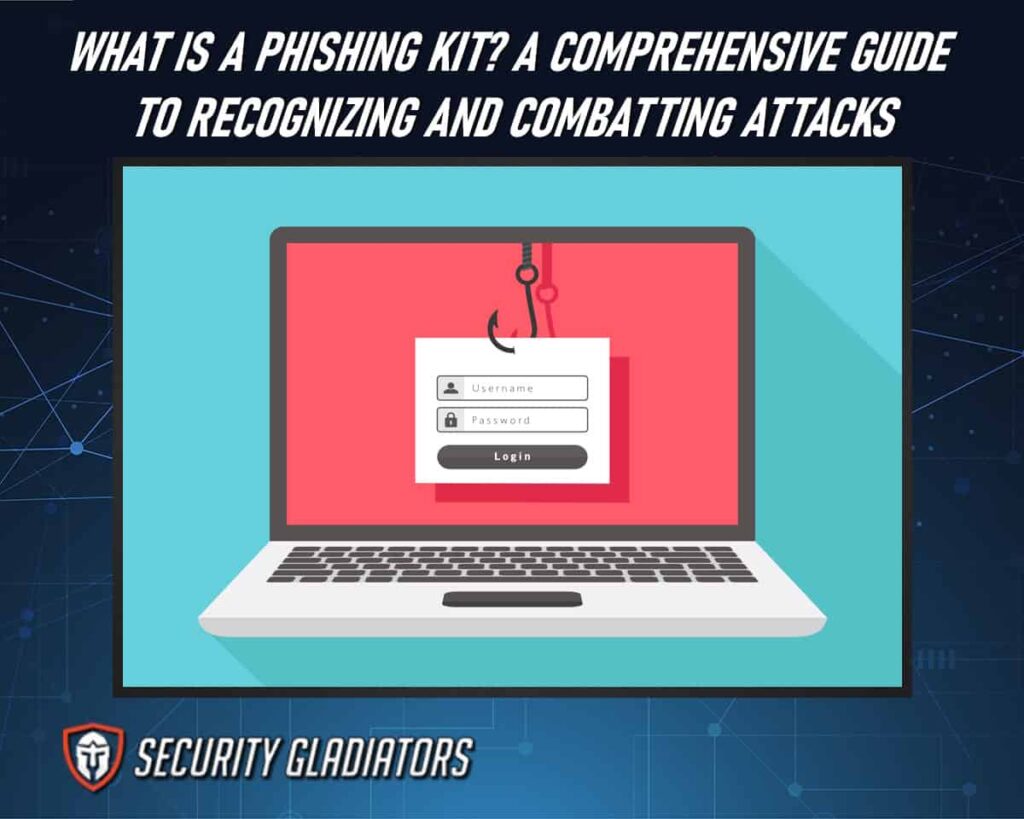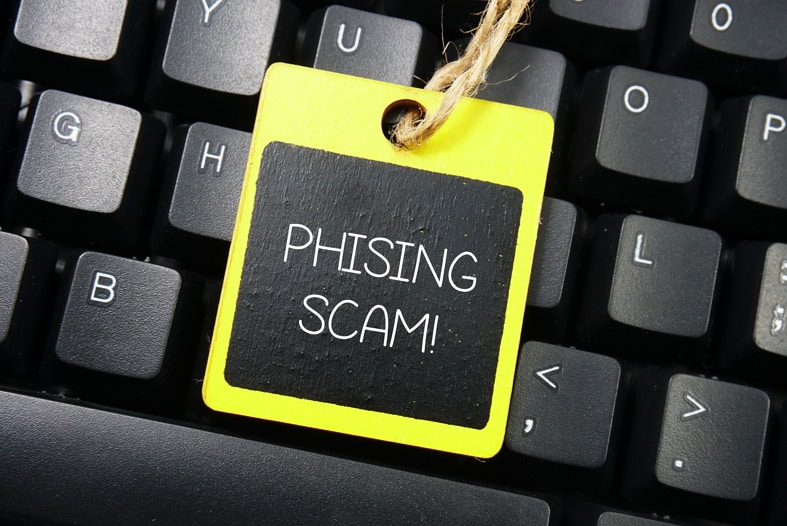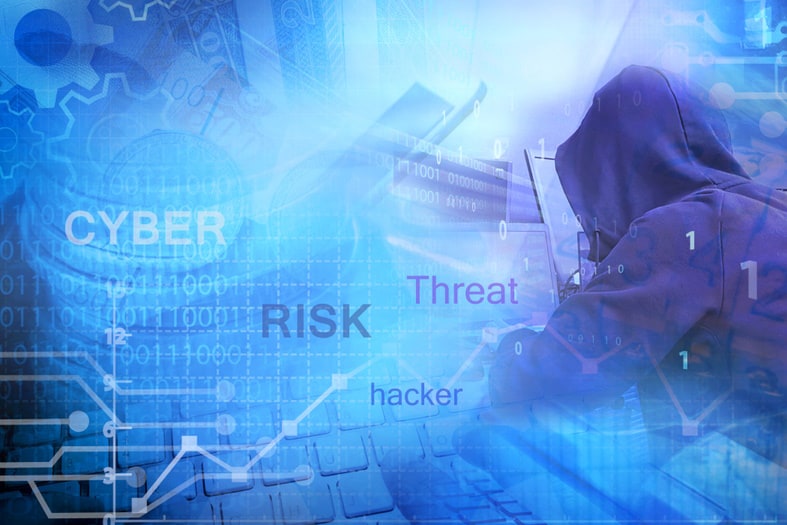
Table of Contents
What Is a Phishing Kit?
A phishing kit refers to a set of software tools and resources, typically comprised of web pages, scripts, and images, designed to mimic legitimate websites to trick users into divulging their personal information. Phishing attacks are a prevalent form of cybercrime where attackers masquerade as trustworthy entities to deceive individuals into revealing sensitive data such as login credentials or financial information. Inexperienced scammers with limited programming knowledge often depend on phishing kits as tools to carry out phishing campaigns. These kits are created by skilled developers who carefully craft them to closely resemble the targeted website, making it difficult for users to detect the fraudulent nature of these pages. The primary objective of a phishing kit is to obtain stolen data from unsuspecting victims. By creating convincing replicas of legitimate websites like banking portals or social media platforms, attackers can deceive users into entering their confidential information, which is then captured by the phishing kit.

This stolen data can include usernames, passwords, credit card details, and other personally identifiable information that can be used for various malicious purposes such as identity theft or unauthorized financial transactions. Phishing kit developers invest significant effort into ensuring that their creations appear authentic and trustworthy. They meticulously replicate the visual design elements and functionality of targeted websites to enhance the deception. Additionally, they often employ tactics such as URL manipulation or email spoofing to further convince users that they are interacting with genuine platforms.
Types of Phishing Kits
Various categories of tools are available, each designed to facilitate specific types of fraudulent activities. Phishing kits are no exception to this rule, as they come in different forms depending on the attacker’s objectives. Here are some common types of phishing kits that individuals and organizations should be aware of:
1. Credential Harvesting Kits
These phishing kits focus on stealing login credentials from unsuspecting victims. They typically imitate popular websites or services and prompt users to enter their usernames and passwords. Once entered, these details are collected by the attackers for unauthorized access to personal accounts or further malicious activities.
2. Clone Kits
Clone kits aim to replicate entire websites or web pages, making them almost indistinguishable from legitimate ones. These kits often target online banking portals, e-commerce platforms, or social media sites where users may unknowingly provide their sensitive information such as credit card details, personal identification numbers (PINs), or social security numbers.
3. Malware Distribution Kits
Unlike other phishing kits that primarily focus on gathering sensitive information directly from users, malware distribution kits exploit vulnerabilities in users’ systems by deploying malicious software onto their devices. This malware can be used for various purposes such as remote control of the compromised device, data theft, or launching further cyberattacks.
4. Ransomware Kits
Ransomware is a type of malware that encrypts files on an infected system and demands a ransom payment in exchange for restoring access to those files. Ransomware kits provide attackers with pre-configured ransomware solutions that enable them to easily distribute this harmful software through phishing emails or compromised websites.

How Do Phishing Kits Work?
Phishing kits operate by utilizing deceptive tactics to deceive unsuspecting individuals into divulging sensitive information or unknowingly downloading malicious software. These kits are essentially a collection of tools and resources that enable cybercriminals to create convincing replicas of a legitimate website or web pages. By doing so, they aim to trick users into submitting their login credentials or other personal information, which can then be used for fraudulent purposes.
Once a victim visits a phishing page or site created using these kits, they are typically prompted to enter their login credentials or other sensitive information. Unbeknownst to them, this data is captured by the attackers behind the phishing kit. The stolen information can then be exploited for various purposes such as identity theft, financial fraud, or unauthorized access to accounts. To ensure they reach as many potential victims as possible, phishing kits also employ techniques like mass email campaigns or distributing links via social media platforms. These methods increase the likelihood of someone falling prey to a phishing attack and inadvertently providing their details to cybercriminals.
Step-By-Step Process of a Phishing Attack Using a Kit
To execute a successful phishing attack using a kit, the attacker follows a systematic approach that typically includes the following steps:
Target Selection
The attacker identifies potential targets based on various factors like industry, organization size, or location. This helps them tailor their phishing campaign to increase its chances of success.
Creating the Bait
Using the resources provided by the phishing kit, the attacker replicates legitimate websites by modifying HTML and CSS codes to match their target’s website appearance. They carefully design pages that mimic login portals or forms where victims will be prompted to enter their sensitive information.
Distribution
The attacker deploys various methods like email spamming, social engineering techniques, or malicious advertisements to distribute the phishing links to potential victims. These methods aim to trick individuals into clicking on fraudulent links.
Exploiting Trust
Once victims click on these links and land on a phishing website created with the help of phishing kits, they are presented with familiar-looking interfaces that deceive them into believing they are interacting with genuine websites. The attackers then prompt users to enter their login credentials or other personal details under false pretenses.
Data Collection
As users input their sensitive information into these fake web pages, it is captured by scripts included in the phishing kits. This stolen data can then be used by cybercriminals for various malicious purposes such as identity theft or unauthorized access.
Dangers of Phishing Kits
The dangers of these phishing kits include:

- Phishing kits enable attackers to create convincing replicas of legitimate websites or emails to deceive unsuspecting users.
- They facilitate the theft of sensitive information such as login credentials, credit card details, and personal data.
- Phishing kits can be used to spread malware and compromise the security of individuals and organizations.
- They exploit human vulnerability and trust, leading to financial losses and identity theft.
- Phishing kits contribute to the proliferation of cybercrime and the erosion of online trust.
- They can be easily obtained and used by individuals with limited technical expertise, amplifying the threat landscape.
- Phishing kits enable mass-scale phishing attacks, targeting a large number of potential victims simultaneously.
- The use of phishing kits results in reputational damage for organizations whose branding is impersonated.
- They undermine cybersecurity efforts and require constant vigilance and education to combat effectively.
- Phishing kits pose a significant threat to individuals, businesses, and the overall stability of the digital ecosystem.
How To Protect Against Phishing Kits
Below are the tips on how you can protect yourself against phishing kits:

Employee Training
Organizations must also prioritize employee training as a crucial component of protecting against phishing kits. Employee training plays a pivotal role in equipping individuals with the necessary knowledge and skills to recognize and combat phishing attacks effectively. By providing comprehensive guidance on identifying suspicious emails, phishing websites, and other forms of communication commonly employed by attackers, employees can become an integral part of the organization’s defense strategy. One key aspect of employee training is educating individuals about the characteristics and techniques used in phishing kits. Employees need to understand how these malicious tools are designed to deceive unsuspecting victims through replicas of legitimate websites or emails that appear genuine.
By familiarizing themselves with common indicators such as misspelled URLs, poor grammar or spelling errors, unusual requests for personal information, or unexpected attachments or links, employees can become more adept at recognizing potential threats. Furthermore, employee training should emphasize proactive measures that individuals can take when faced with suspected phishing attempts. This includes reporting suspicious emails or communications promptly to designated IT personnel who can investigate further. Training programs should also provide step-by-step instructions on how to safely navigate potentially compromised situations without falling victim to attackers’ schemes.
Choosing Security Solutions
Choosing appropriate security solutions is crucial for organizations to effectively protect against phishing attacks and safeguard their sensitive information. As the threat of phishing attacks continues to evolve, it is essential for organizations to stay updated with the latest security measures. A robust security solution helps in phishing detection and blocking phishing kits effectively. By identifying and blocking these kits, organizations can prevent attackers from exploiting their employees or customers. Another vital feature of a comprehensive security solution is the anti-phishing site analysis for malicious or suspicious websites associated with phishing activities. This analysis involves examining various factors such as domain reputation, website content, SSL certificates, and user feedback. By continuously monitoring and analyzing potential phishing sites, organizations can proactively prevent their employees from inadvertently accessing harmful webpages.
Implementing multi-factor authentication adds an extra layer of protection against phishing attacks. MFA requires users to provide additional verification beyond just a username and password combination before granting access to sensitive data or systems. This can include biometric authentication (e.g., fingerprints), hardware tokens, SMS codes, or push notifications on mobile devices. By incorporating MFA into their security solutions, organizations significantly reduce the risk of unauthorized access even if credentials are compromised through a successful phish. Since the threat landscape is constantly evolving, it is essential for organizations to choose security solutions that receive regular updates from vendors or providers. These updates ensure that new vulnerabilities are addressed promptly and new attack techniques are mitigated effectively. Organizations should consider solutions that offer real-time threat intelligence feeds along with proactive monitoring and patch management capabilities. By staying up-to-date with the latest security updates, organizations can stay ahead of phishing attacks and maintain a strong defense posture.
Continuous Monitoring and Testing
Continuous monitoring and testing is a critical aspect of maintaining effective security measures against evolving threats. Phishing kits are sophisticated tools used by cybercriminals to carry out phishing attacks, which involve tricking individuals into revealing sensitive information such as passwords or credit card details. These kits are constantly being updated and modified to bypass security measures, making continuous monitoring essential in order to stay one step ahead of attackers. Regular monitoring allows organizations to detect any signs of a phishing kit in their network infrastructure or on their websites. This involves implementing robust security solutions that can scan for malicious code or suspicious activity. By continuously monitoring their systems, organizations can quickly identify and respond to any potential threats before they have a chance to cause significant damage.

Frequently Asked Questions
Can a Phishing Kit Be Used to Target Any Type of Platform or Device?
Phishing kits can be used to target various platforms and devices, including computers, smartphones, and tablets. They are designed to mimic legitimate websites or applications in order to deceive users into disclosing sensitive information such as passwords or financial details.
Are There Any Legal Consequences for Using or Distributing Phishing Kits?
Using or distributing phishing kits can lead to serious legal consequences. Such actions are considered illegal as they involve engaging in fraudulent activities, compromising personal information, and violating various laws related to fraud and cybercrime.
Can Phishing Kits Be Customized to Target Specific Industries or Organizations?
Phishing kits can be customized to target specific industries or organizations. This allows attackers to tailor their scams, making them more convincing and increasing the likelihood of success in stealing sensitive information or credentials.
How Are Phishing Kits Typically Distributed or Shared Among Cybercriminals?
Phishing kits are commonly distributed or shared among cybercriminals through various channels such as underground forums, dark web marketplaces, social media platforms, and encrypted messaging services. This allows them to reach a wider audience and facilitate the dissemination of malicious tools and techniques.
Can Antivirus Software Detect and Block Phishing Kits?
Antivirus software can detect and block phishing kits by employing various techniques such as signature-based detection, heuristic analysis, and behavioral monitoring. These methods help identify malicious code or patterns typically found in phishing kits, mitigating the risk of successful attacks.
Conclusion
Combating phishing attacks requires vigilance from both individuals and organizations. Understanding what phishing kits are, how they work, the dangers they pose, and implementing appropriate protective measures such as employee training, security solutions, and continuous monitoring are essential steps toward safeguarding sensitive information from falling into the wrong hands.

